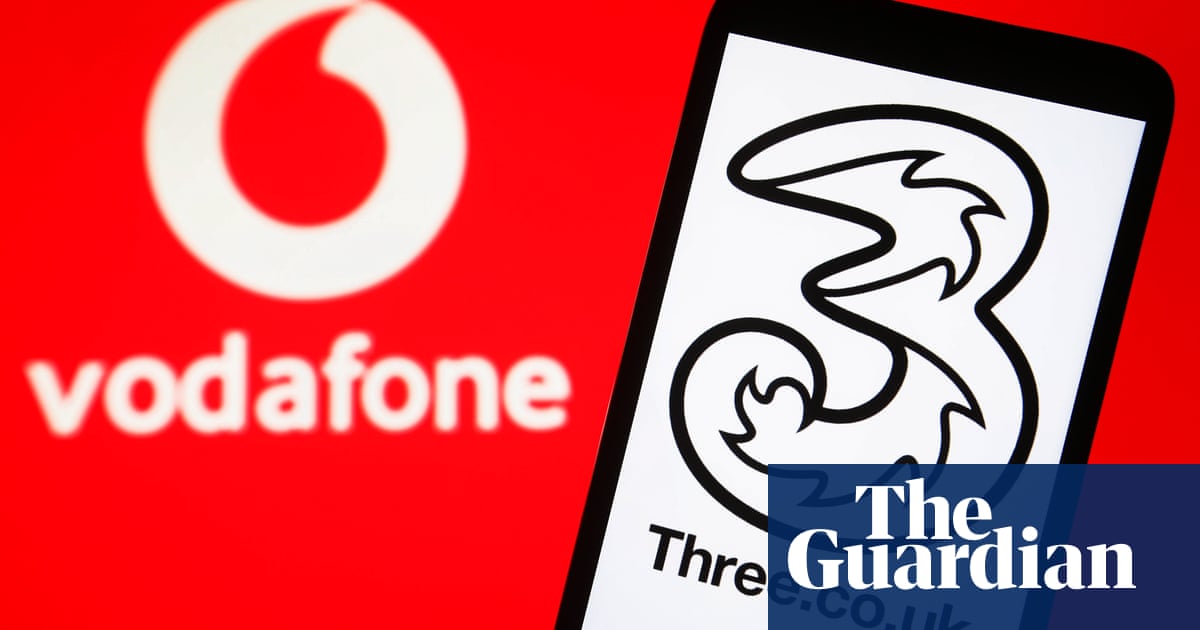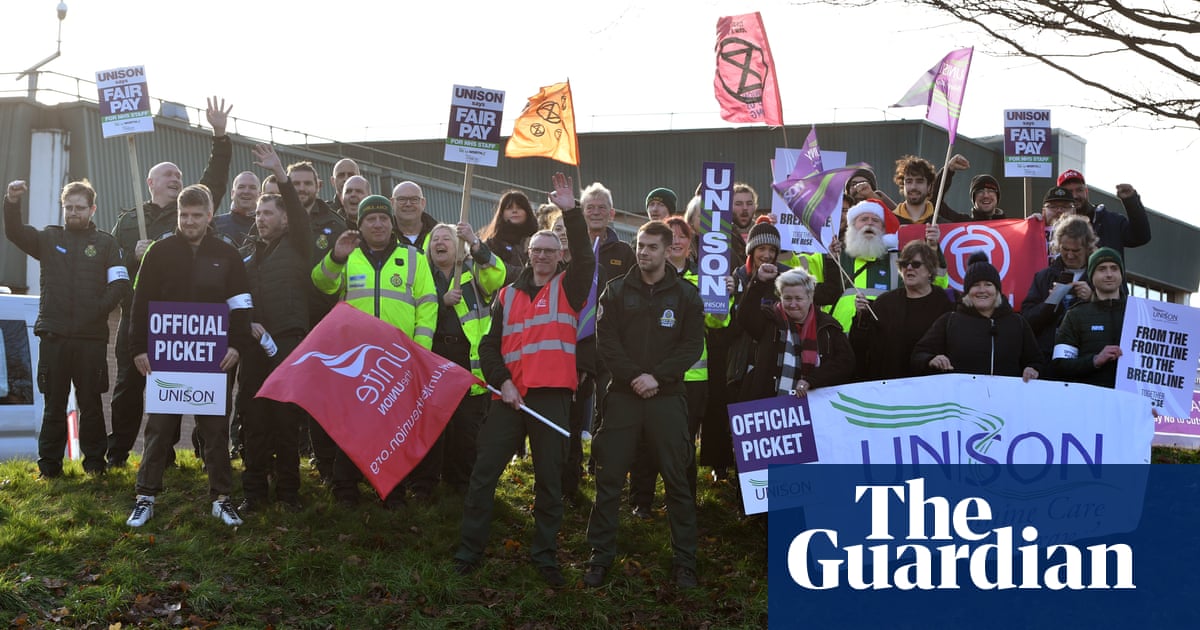
For several months now, policymakers at the Bank of England have been agonising about wages. They ask themselves how workers will react when they see rising prices in the shops and, worse, the rocketing cost of petrol, which last week jumped to its highest level on record.
Will they march into their boss’s office and demand a pay rise of 10%? Or, more likely, will they march down the road to a rival employer prepared to increase wages by double digits to attract new staff?
In such a scenario, when forced to pay ever-higher wages, employers will need to increase shop prices further. It’s a wage-price spiral that gives BoE officials sleepless nights and makes them think they have lost control of an economy that is supposed to glide forward with inflation anchored for the foreseeable future at about 2%.
On Tuesday, figures for the three months to the end of September from the Office for National Statistics (ONS) are expected to show a slide in annual wages growth from 7.2%, including bonuses, to somewhere nearer 5%.
The reason for the drop can be found in the large distortion of wages figures last year following the first lockdown. Cuts in hours meant wages fell – and fast. That meant the economic recovery would always bring with it a steep increase in pay. In August, the official figures put wages growth at more than 8%.
Quite rightly, Bank of England officials discounted the artificially inflated increases that appeared in the monthly figures, and agreed with the ONS that a truer figure could be found in the underlying wage rises – of about 3% to 3.5%.
Many industries have also paused production or delayed processing orders to cope with staff shortages and delays to vital imports, especially of components such as computer chips. Demand may be high, both domestically and from abroad, for British goods and services, but the figures show UK firms struggling more than their counterparts in other countries to meet that demand.
There is an argument that this is all about to change. The ONS is expected to report that unemployment fell again in September, and HMRC data for October could show that most people still on furlough at the end of the scheme were retained by their employers.
A tighter labour market and still record high levels of vacancies could, after a decade of false starts, begin to push average wages much higher.
Inflation figures to be published by the ONS on Wednesday will also play a part. Many City analysts have forecast an increase to about 4% in October, showing that a dip to 3.1% in September was a brief interruption to a relentlessly upward trend.
Once workers begin to see inflation surging past 4%, average wages growth could head back towards 10%. In areas where there is a chronic shortage of skilled staff, such as among computer engineers, there is every likelihood that pay will increase. The same goes for hotel staff and other areas of a hospitality industry sideswiped by the pandemic and the exodus of EU workers following the government’s hard Brexit deal.
The UK has not seen such low numbers of unemployed people for every vacancy since the 1960s – the days when a construction worker could hand in their notice in the morning and cross the road to another building site for a 10% pay rise.
It’s possible this form of worker power will re-emerge in the manufacturing and construction sectors. But if it does, it will probably be short-lived. And it will largely bypass service industries, where most people work, and where the impact of the pandemic is still uncertain.
Forecasts of a temporary spike in pay should mean Bank officials stick with the current low rates of interest. If they do put rates up, it won’t be long before they put them down again.












